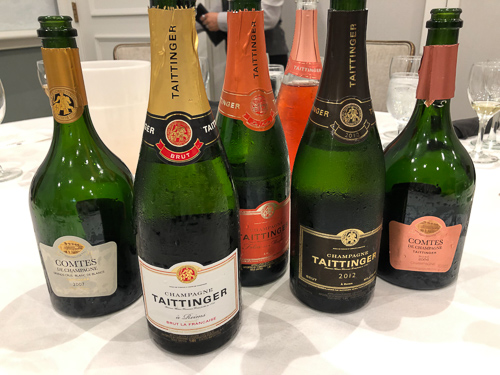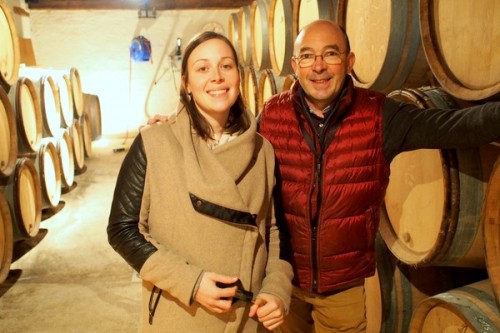
De Sousa is a small Champagne house with a Portuguese name. It’s run by Erick and Michelle Se Sousa, and was established by Erick’s father and mother in the 1950s. Erick’s dad was a Portuguese musician who fell in love with a French girl (her family name was Bonneville), and they decided to establish their own house together.

We met with Erick and his daughter Charlotte (pictured above) for a tasting and tour of the cellars. Their speciality is that they work organically and biodynamically, and also use quite a few barrels. Indeed, their cellar has a range of oak, including a large oak egg made by Taransaud.

They have quite a few wines in the range, which is sourced from 12 hectares of vines, 10 of which they own. Ferments are wild for the alcoholic fermentation, and malolactic is always done. There’s no filtration or cold stabilization.
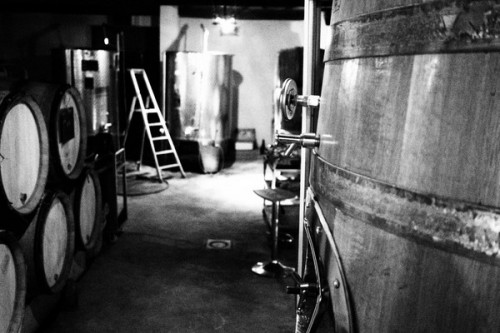
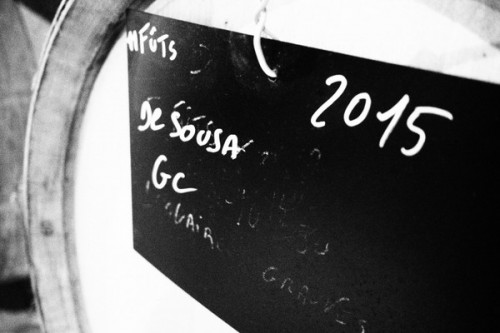
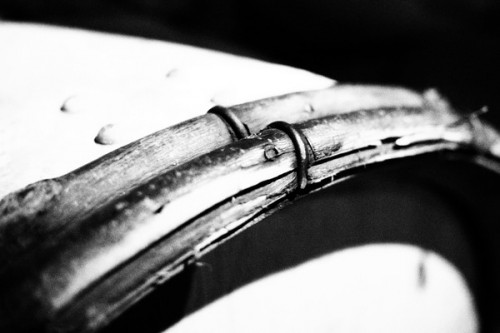
I liked the Cuvée 3A quite a bit, which is a blend of Chardonnay and Pinot Noir pressed together, from Avize, Aÿ and Ambonnay. The cuvée Umami is also lovely, made from old vineyards and fermented entirely in barrel, although it is quite expensive. The 2006 Caudalies is also very impressive, with nine years on lees, and powerful, distinctive flavours.

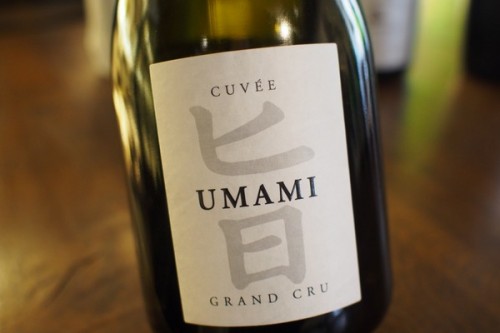
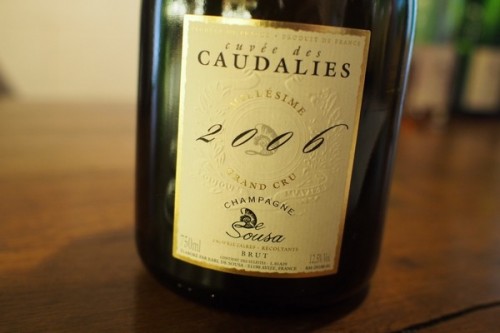
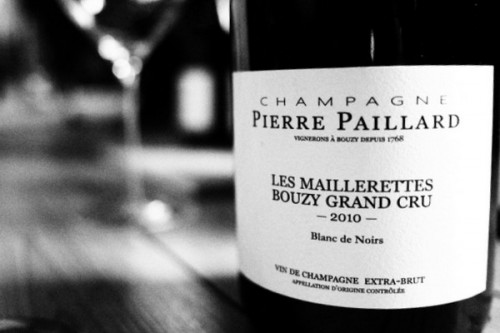
The final visit of the day was at Pierre Paillard, with Antoine, who works with his father Benoit. They are a grower Champagne house with 11 hectares around the village of Bouzy, in 25 separate plots.

Bouzy is known for its Pinot Noir (which covers 90% of the vineyards in the village). They use no herbicides in the vineyard, and work using organics and biodynamics, but without certification. ‘The idea is to make sure the soil is alive,’ says Antoine. They are also working on replanting vineyards with vines produced by selecting cuttings from their older vines, rather than using clones.
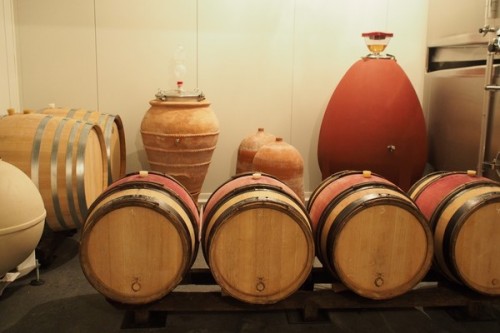
Vinification in 90% stainless steel and 10% barrel. ‘Bouzy gives rich and round wines,’ says Antoine, ‘so we want to keep the purity.’
We went down to the cellar where we had a look at the same reserve wines in different containers. It was a Pinot from 2014, and in a concrete egg it was very bright, direct and mineral, while from terracotta it was fruiter, more rounded and a bit shorter. ‘Terracotta is too up and down,’ Antione explains. ‘It can go from the worst wine to the best.’
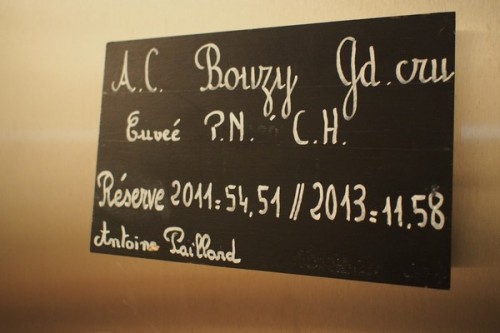
We tasted a range of wines. The regular NV, called Les Parcelles, is a blend of 60% Pinot Noir and 40% Chardonnay with a low-ish dosage of 3.5 g/l. This wine, a blend of 2011 and 2010, is rounded, fruity, pure and very bright. Les Maillerettes Bouzy Grand Cru Blanc de Noirs 2010 is sensational: fine and expressive with Pinot fruitiness combined with a strong sense of terroir. Les Mottelettes Bouzy Grand Cru 2009 is a Blanc de Blancs and has a lovely citrus core as well as purity and texture. And the Oenothèque Bouzy Grand Cru 2004, disgorged in November, is complex, stylish, generous and also quite fine. These are lovely wines.

Antoine also makes a fabulous Bouzy Rouge called ‘Les Mignottes’. The 2012 is a pretty serious Pinot Noir that would be brilliant in a blind tasting.
Leave a Comment on In Champagne, day 3 (part 2): De Sousa and Pierre Paillard